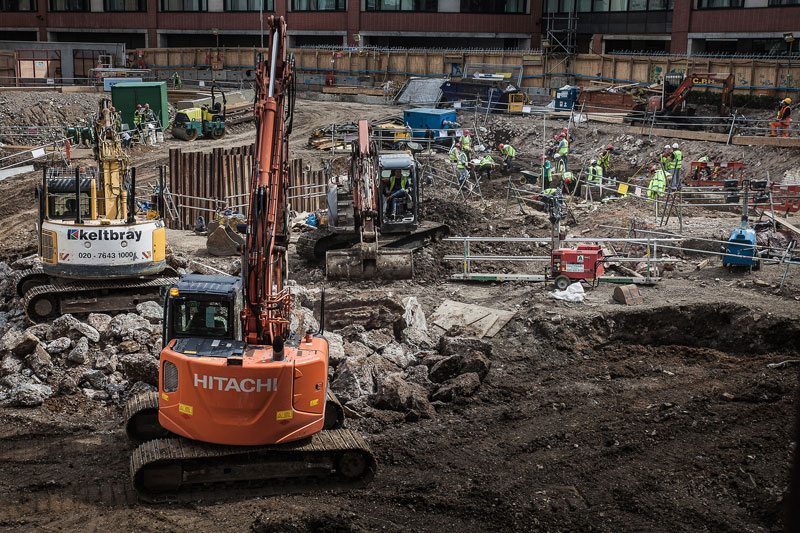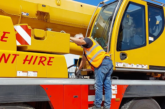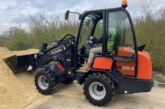
Fines for the responsible organisation that could potentially run into the millions and up to a two years jail term for a company director who is found to be culpable – that’s the new sentencing regime, introduced earlier this year, that construction managers in breach of health and safety regulations will now face.
Regardless of the punitive sanctions now in place for transgression it is, of course, in the interests of everyone in the supply chain to ensure that work is carried out safely, and the vast majority will strive to strictly adhere to the rules.
Although the industry has made huge progress in improving its safety record it is still too often the case, however, that when an accident does occur, and is subsequently investigated, the circumstances are found to be entirely preventable.
Whether it is poor planning, the inadequate provision of PPE, or simply a failure of management, a simple, split second choice can lead to a sliding doors scenario of either going home safely or suffering a life changing injury.
The Construction Design and Management Regulations 2015 were intended to clearly define who is accountable for safety on site, but in reality every level of the industry, from the manufacturers of construction plant to the sub-contractors and self-employed workers on site, will continue to be charged with a collective responsibility.
It should also be noted that an employee’s apparent incompetence is not necessarily a defence for a contractor.
Was proper training provided, and was the individual concerned experienced enough to the complete the appointed task? If the HSE finds a company or site manager on the wrong side of those judgements then their day in court will come.
New technologies are permeating the industry at a pace never before seen and will play their part in making building sites a safer place.
Construction Plant News recently reported on Speedy Hire’s use of virtual reality technology to tutor its drivers in potential hazards long before they take to the wheel.
The Health and Safety Executive’s Building Information Modelling Taskforce is exploring ways in which 3D and 4D technology can identify potential hazards at the design stage, whilst stakeholders at all levels are constantly looking to introduce safety measures on machinery that removes from human hands the potential for dangerous practices.
A particularly pertinent example of the above is the Construction Plant-hire Association’s lead role in tackling the problem of unintentional machine operation, and again devices such as dead man’s handles and seat switches can play their part.
Fully autonomous machinery is, however, like the dream of driverless cars, a long way from reality and it remains the skill and experience of the man or woman at the controls on whom contractors rely.
It could equally be argued that filling a cab with screens linked to external cameras, or audible warning signals, is potentially distracting, especially for an operator not fully conversant with the new systems.
As well as that, take away the decision making process and a false sense of security could come creeping in as a consequence, because the single biggest weapon in the fight stay safe will always be the vigilance and common sense that the human brain provides.
So will the more draconian sentences make building sites a safer place? The only way to deter crime is to increase the level of detection, because when an unscrupulous contractor asks one of his employees to carry out a task which he knows to be dangerous he is not going to be pondering whether he is likely to get one or two years for doing so, but whether he is going to get caught.
Not only does that mean that the HSE needs the proper resources in place to identify the wrongdoers, but it is also the case that every member of the workforce, whether a new recruit or experienced and highly skilled operator, needs to be instilled with the confidence to give their opinion, to report near misses, and voice concerns at working practices that they believe could lead to injury.
Pressure on build schedules are an occupational hazard for the building industry but with communication at all levels that doesn’t mean they have to translate into hazards to life and limb on site.








